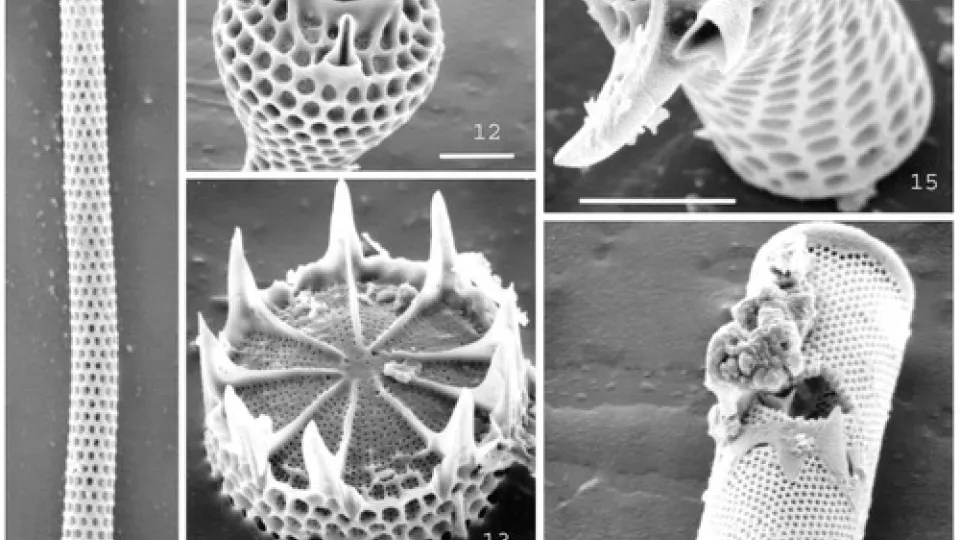Daniel Conley, professor of biogeochemistry at the Department of Geology, Lund University, has received EUR 2.5 million (just over SEK 26 million) for a five-year project on the impact of the evolution of diatoms on the oceans. Diatoms have a significant impact on the global biogeochemical cycle of carbon, silica and other nutrients that regulate ocean productivity and ultimately the planet's climate. Every day, these small single-celled organisms take up huge amounts of carbon, more than twice as much as humanity releases through fossil fuels.
- We will contribute with new insights on how the growth of diatoms will fundamentally affect the marine environment, says Daniel Conley.
The research world has so far not investigated this sequence of events as there is no fossil diatoms in older rocks. Instead, the focus has been on the much more common fossil footprint over the last 66 million years. However, molecular clocks indicate that the diatoms developed much earlier, even after the gigantic mass extinction that effected most of the life on the planet about 250 million years ago.
"Now we intend to find evidence for the diatoms' early evolution and also calculate the extensive change that they brought to the global cycles," says Daniel Conley.
Conley's research on diatoms and global cycles is now being rewarded for the second time. Last autumn, Conley received just over SEK 34 million from the Knut and Alice Wallenberg Foundation for Research on the global silica cycle through geologic time.
The money for the two new research projects comes from the European Research Council's most prestigious grant, ERC Advanced Grants. These grants are sought in fierce competition with researchers from all over the world and are awarded to a few people who conduct world-class research.
For more information contact:
Daniel Conley, professor
Department of Geology, Lund University
Tel 046-222 04 49
Figure: Some of the oldest known diatoms from the Early Cretaceous 110-113 million years ago (from Sims et al. 2006).


